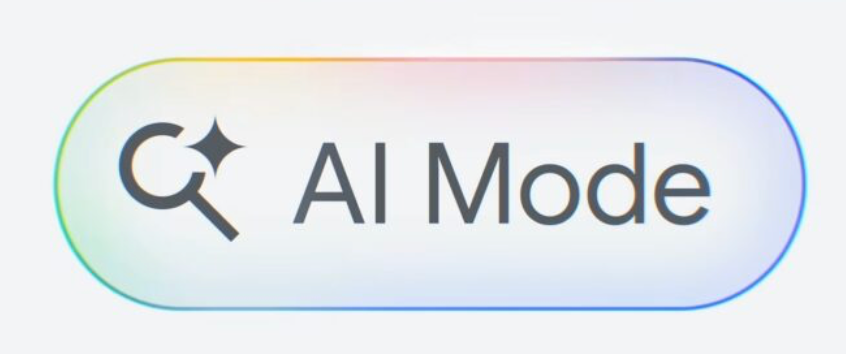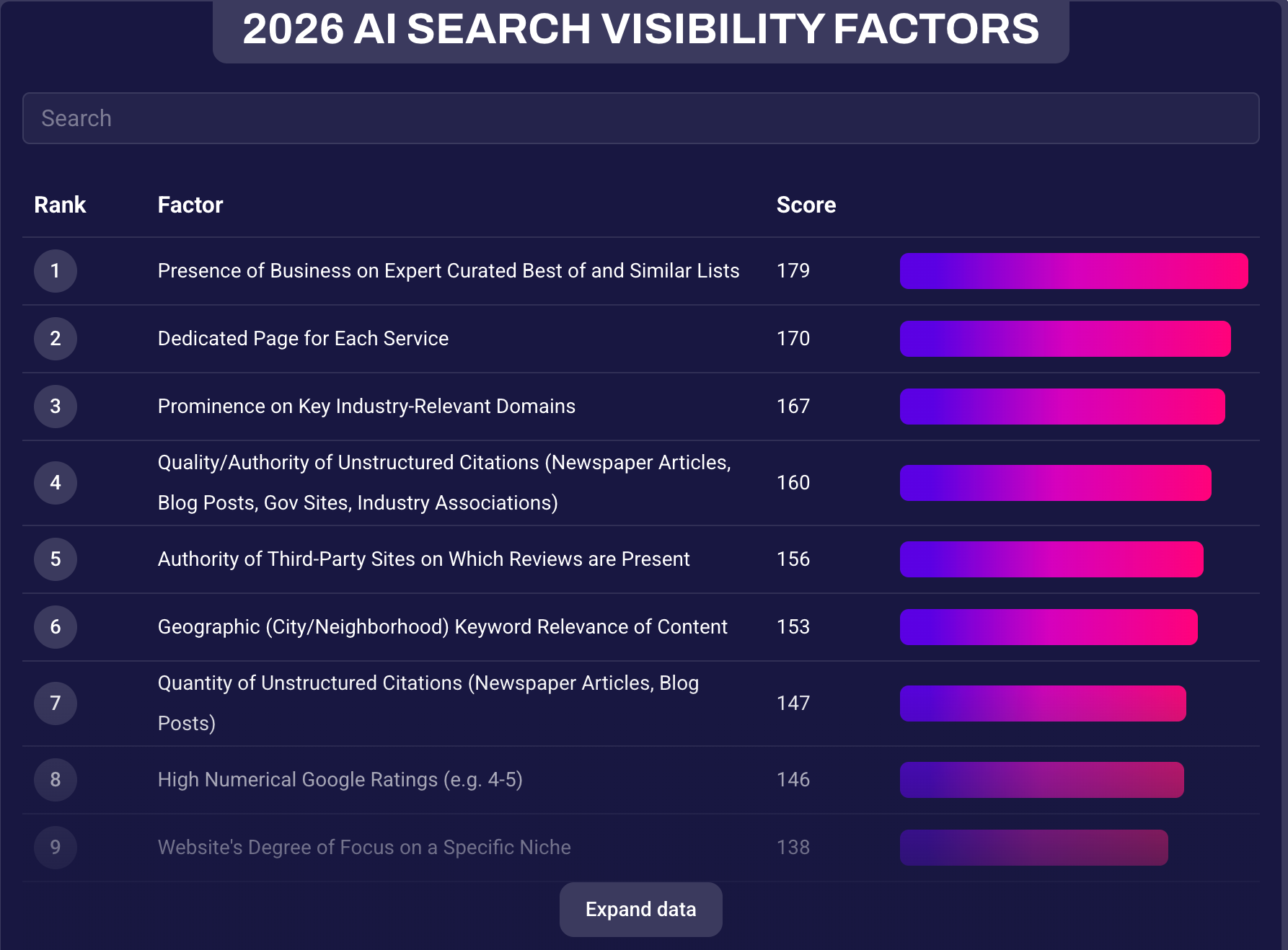From Keywords to User Intent: How Google Search Has Changed and What It Means for Your Business
Remember the days when stuffing a page with keywords was enough to rank on Google? Yeah, those days are long gone.
Today, Google isn't just scanning for exact-match keywords — it's trying to understand what people actually mean when they type a query. It’s a major shift from keyword-based search to intent-driven search, and it’s reshaping everything from SEO to how we build conversational AI.
In this blog, we’ll break down:
- What’s changed in Google Search
- The rise of user intent and semantic search
- Why the “fan out” strategy matters now more than ever
- How this shift impacts content strategy, RAG systems, and chatbots
The Evolution of Google Search: From Keywords to Meaning
Old School SEO: The Keyword Era
Once upon a time, ranking in Google meant finding the right high-volume keyword, repeating it a few dozen times, and waiting for traffic. Think: “air conditioner Adelaide installation” repeated over and over.
But this approach created robotic, low-value content that didn’t help real users. And Google noticed.
Modern SEO: Understanding User Intent
Google's latest algorithms like BERT, MUM, and RankBrain, focus on understanding the meaning behind the search.
Instead of just matching exact words, Google now interprets:
- What the searcher wants to do (e.g. buy, learn, compare)
- Where they are (local SEO)
- How urgent the need is (transactional vs informational)
- Natural language queries (like voice searches)
The Rise of User Intent and Semantic Clustering
What Is User Intent?
User intent is the why behind the search. For example:
“How much does aircon cost to install in Adelaide?”
Informational, local
“Best ducted air conditioner Adelaide”
Transactional, commercial intent
“Licensed AC installer near me”
High-intent, local search
These aren’t just keyword variations. They reflect different stages in the buyer journey and Google treats them differently.
Semantic Keyword Clusters
To align with this, smart SEOs now create semantic clusters — groups of natural language Q&A content that cover a topic from multiple angles.
For example, a cluster on air conditioning installation in Adelaide might include:
- What type of air conditioner is best for Adelaide climate's?
- How long does AC installation take in a residential home?
- Split system vs ducted: Which is better for Adelaide homeowners?
- How much does it cost to install air conditioning locally?
This is perfect for RAG systems, chatbots, and vector databases, because it provides rich, structured, user-intent-aligned content that can be retrieved semantically.
Fan Out Strategy: Cast Wide, Then Convert
What Is a Fan Out Strategy in Search Content?
The “fan out” strategy involves creating multiple pieces of content that answer different variations of a user’s core question. Instead of one mega-page, you build a content constellation.
Core Intent Topic
Install aircon in Adelaide
Fan Out Variations
Cost breakdown, system types, installation time, local regulations
Why It Works?
- Better coverage of high-intent, long-tail search terms
- Matches how Google evaluates topical authority
- Helps chatbots and AI surface exact answers to user queries
- Perfect for semantic embedding in vector databases
This strategy feeds Retrieval-Augmented Generation (RAG) systems with natural language Q&A that matches both search engine expectations and conversational AI needs.
How This Shift Powers RAG Systems and Chatbots
If you're building a chatbot or a semantic search engine using a vector database, here's why this matters:
- Natural language Q&A aligned with user intent improves answer retrieval
- Thematic clusters help semantic embeddings find better matches
- Long-tail questions = higher conversion, especially for local business services
- Fan-out strategy means better coverage and contextuality
Your AI becomes smarter because the content matches real-world search behaviour, not just keywords.
Action Steps: How to Align Your Content with Google and AI
1. Start with a user’s intent, not a keyword
2. Create themed Q&A clusters using natural, conversational language
3. Use long-tail, high-intent questions in your titles and headings
4. Structure content semantically for vector-based retrieval
5. Build a fan-out content strategy around your core service areas
Final Thoughts
Google’s shift from keywords to user intent is more than an SEO trend, it’s the foundation for how people interact with search engines, chatbots, and AI tools today.
So stop thinking in keywords. Start thinking in questions. That’s where your customers and Google are headed.
Contact us today to find out more.




